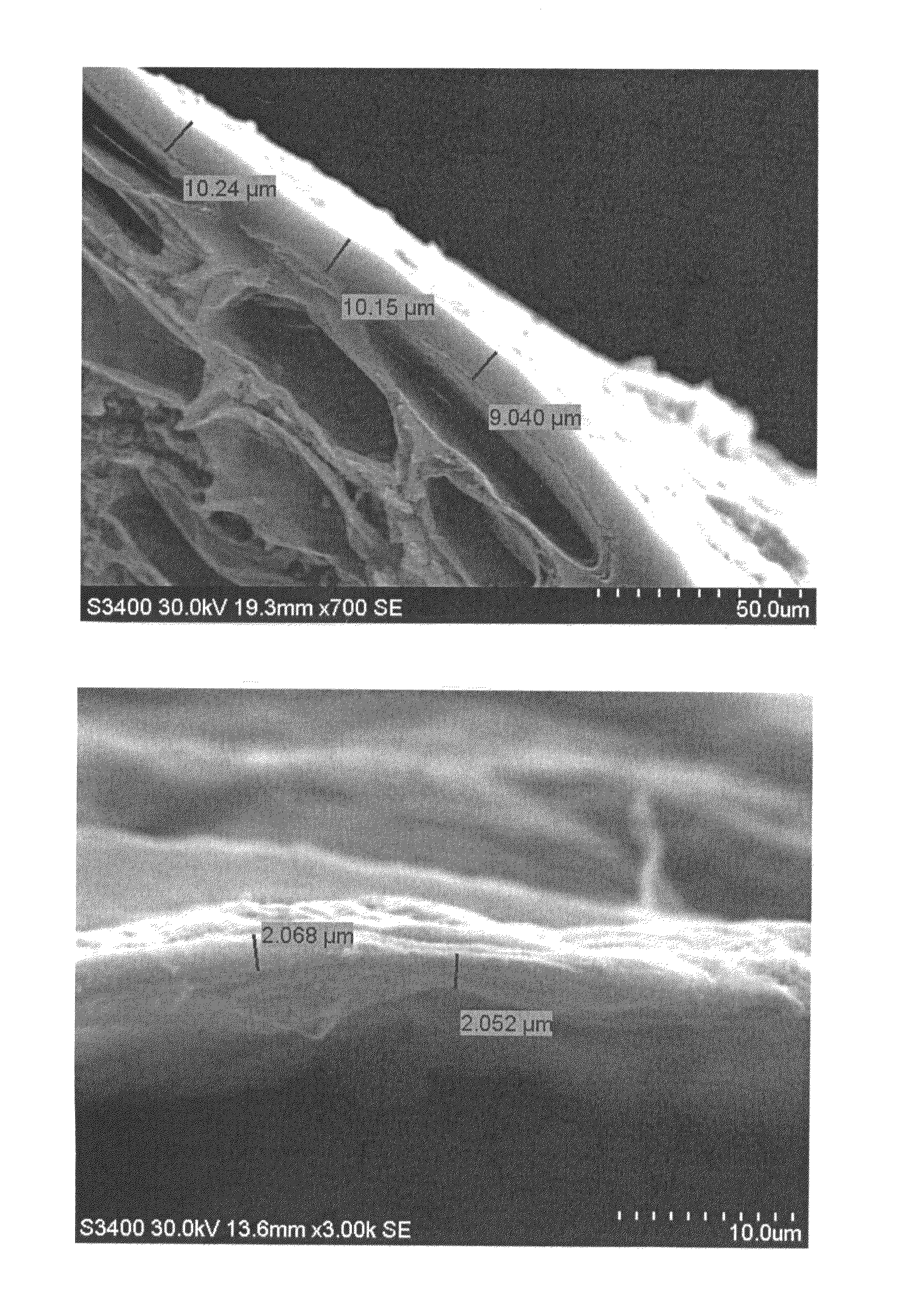Thin-Skinned Chile Pepper Variety
a chile pepper, thin-skinned technology, applied in the field of new anaheim-type chile pepper varieties, can solve the problems of time, labor, and/or resource intensive processing of anaheim-type chile peppers (and other varieties)
- Summary
- Abstract
- Description
- Claims
- Application Information
AI Technical Summary
Benefits of technology
Problems solved by technology
Method used
Image
Examples
Embodiment Construction
Pedigree Synopsis for Anaheim-type Chile Pepper Cultivar Villa 96
[0014]The basic parents of the Villa 96 cultivar are the San Martin Ancho F2 Line and Breeding Line 17 (an Anaheim-type long green chile pepper). The above Lines were crossed using standard Mendalian genetics and eight generations were grown under typical chile growing conditions in Pearce, Ariz. Field selections were performed based on thick wall (making the fruit heavier, with an average weight of at least 60 grams), and Anaheim-type characteristics, such as fruit with 2.5 inch width and 6-8 inch length, a tapered end, easy de-stem ability, rounded shoulders, smooth fruit and mild heat (typically about 50 Scoville units), heavy fruiting plant habit, and observations of bacteria spot (Xanthomonas, common leaf spot) tolerance. It was discovered that the skin of improved cultivar was more readily peeled than other Anaheim-type varieties.
[0015]Subsequent testing confirmed a thin-skin phenotype as shown in the electron mi...
PUM
 Login to View More
Login to View More Abstract
Description
Claims
Application Information
 Login to View More
Login to View More - R&D
- Intellectual Property
- Life Sciences
- Materials
- Tech Scout
- Unparalleled Data Quality
- Higher Quality Content
- 60% Fewer Hallucinations
Browse by: Latest US Patents, China's latest patents, Technical Efficacy Thesaurus, Application Domain, Technology Topic, Popular Technical Reports.
© 2025 PatSnap. All rights reserved.Legal|Privacy policy|Modern Slavery Act Transparency Statement|Sitemap|About US| Contact US: help@patsnap.com


